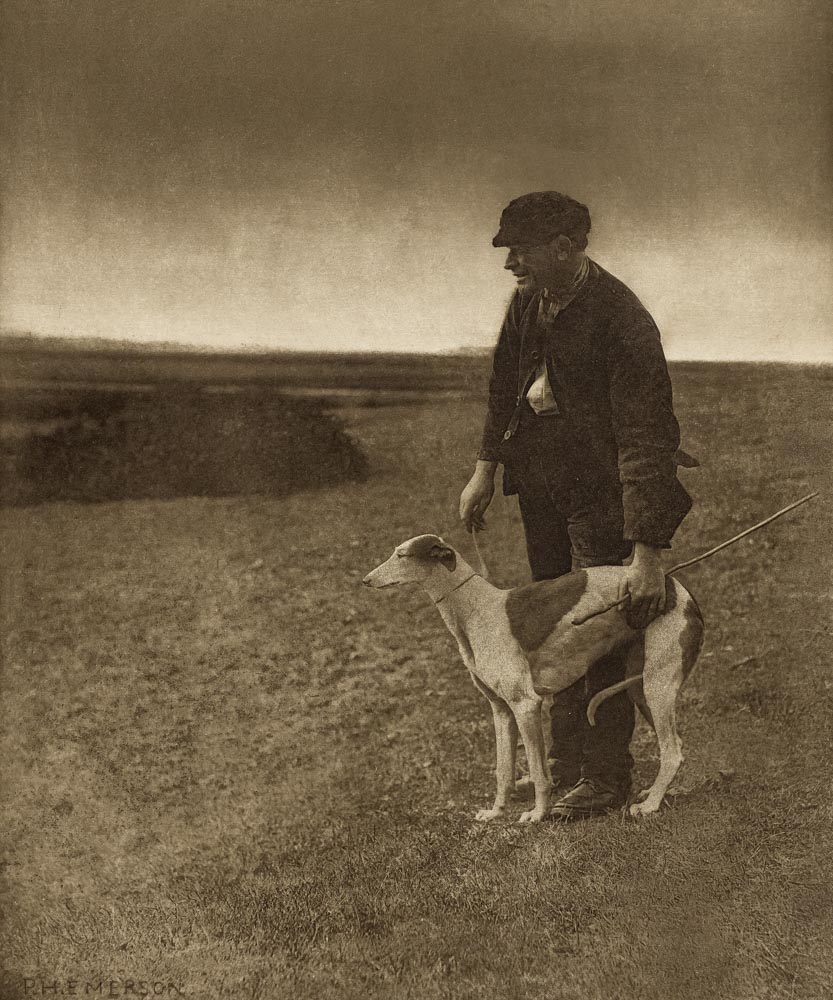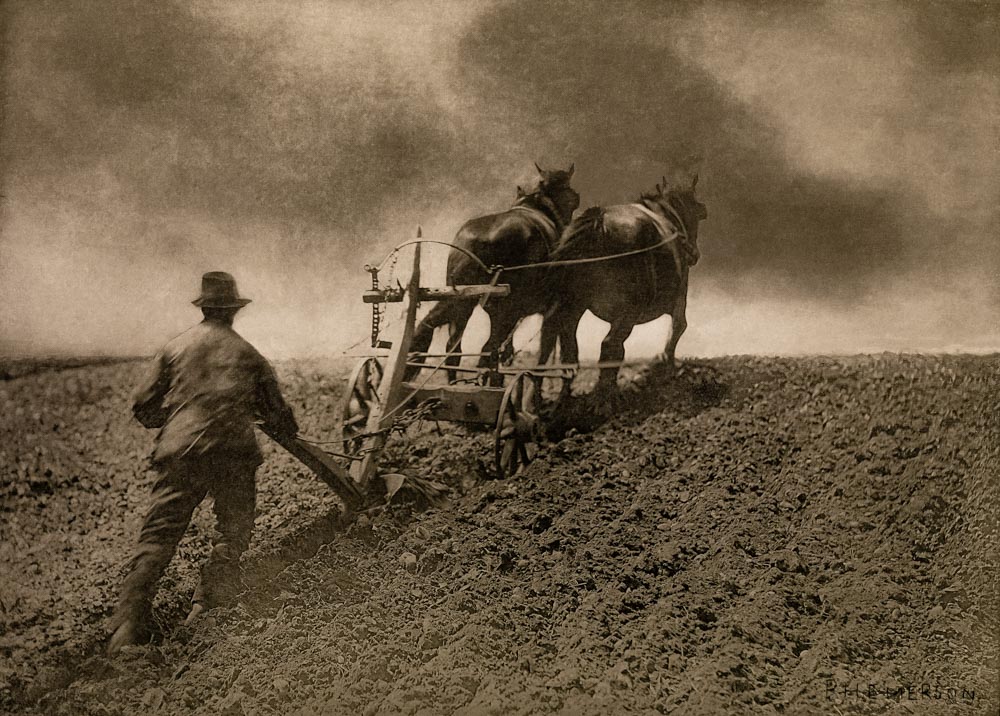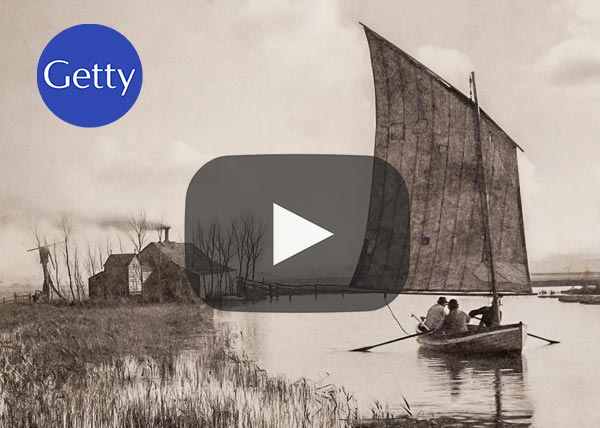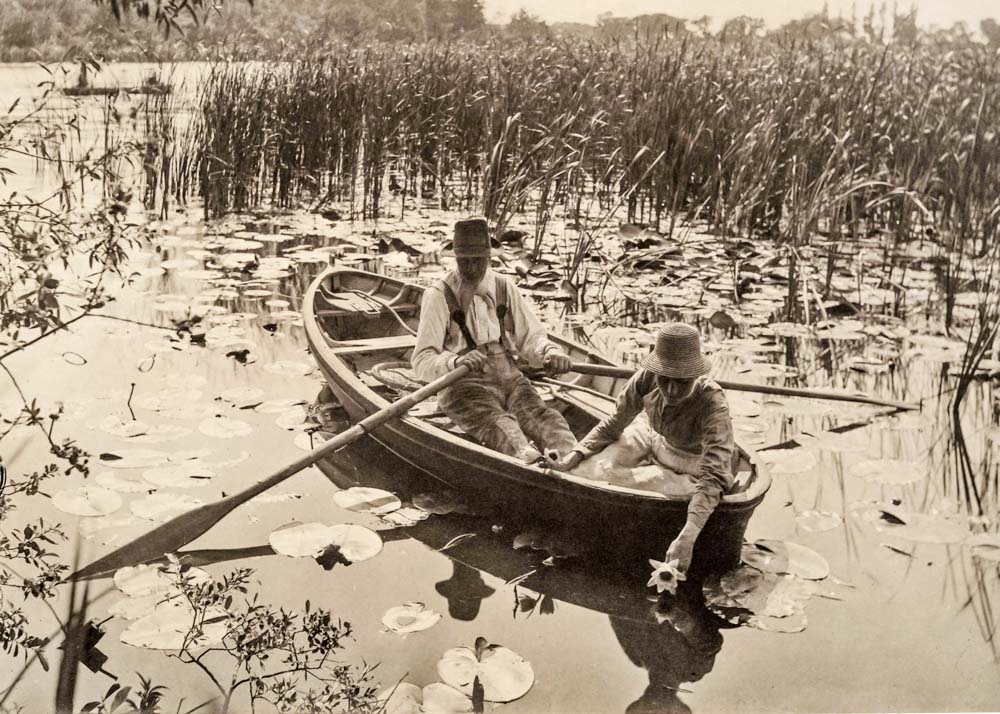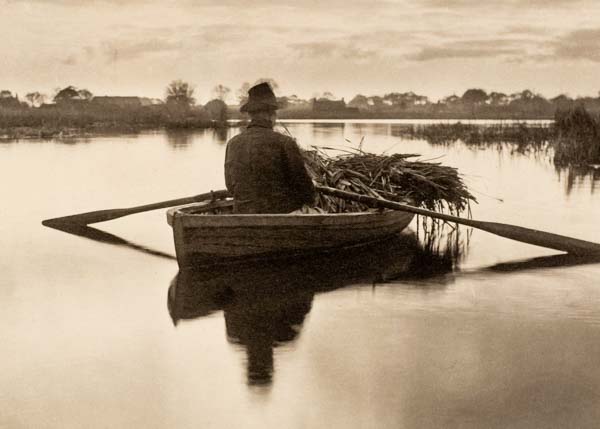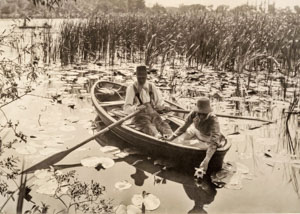PH EMERSON ~ A PIONEER OF REPORTAGE PHOTOGRAPHY
PH EMERSON
Emerson championed photography as an art in its own right as long as exponents stuck to the principles of ‘naturalistic photography’ as outlined in his 1889 publication Naturalistic Photography for Students of the Art. However barely a year later he published a black-bordered pamphlet entitled The Death of Naturalistic Photography in which he stated: ‘I have… I regret it deeply, compared photographs to great works of art, and photographers to great artists. It was rash and thoughtless, and my punishment is having to acknowledge it now… In short, I throw my lot in with those who say that Photography is a very limited art. I deeply regret that I have come to this conclusion’. It was a conclusion brought about partly by his own theories on photography and partly by discussions with artists and critics. Emerson’s naturalistic theories began as a crusade against the highly manipulated style typified by H. P. Robinson which endeavoured to imitate classical paintings rather than capture life as it was. In contrast, Emerson’s naturalistic theory avoided imitation of other art forms and brought together individual creativity and the realism of photography. He separated photography from art in The Death of Naturalistic Photography only when he learned that the room for artistic creativity was less than he imagined — because some factors in photography (such as ratios in tone) were fixed and could not be altered at will by the artist–photographer. This led Emerson to wonder whether ‘Art’ played a part at all. Ultimately he decided that it did not, or at least not to the level that it played in the traditional fine arts. Much of the background to Emerson’s very public volte-face on the status of photography as art lay in contemporary critical debates, for in those early days of photography few could consider photography except in relation to painting and drawing. The critic, John Ruskin, wrote to Emerson in 1886: ‘If you will condescend, yourself to learn to write beautifully, and engrave clearly, you will soon cease to interest yourself in the arts of idleness’. Opinions such as these ultimately conspired to deflect Emerson from his original opinion that photography was an art; although by 1893 it looked as if he was ready to do yet another U-turn, declaring of his opponents that ‘we were both right and we were both wrong’ and that the whole affair had been ‘a tempest in a teapot’. Excerpt from Stephen Hyde’s introduction to The Old Order and the New
See also
PHOTOGRAPHIC DISCIPLINES
ABOUT
